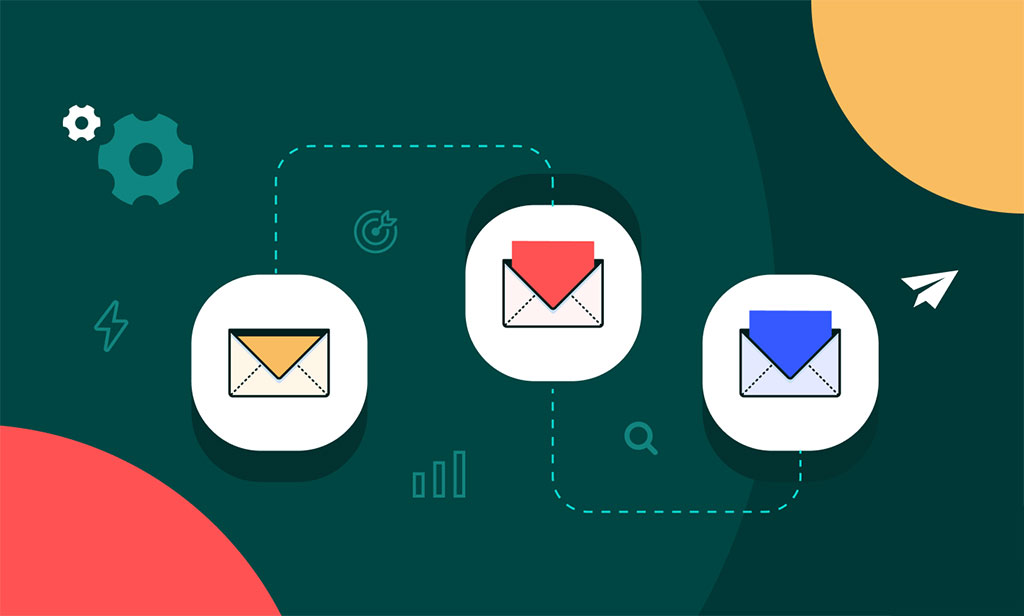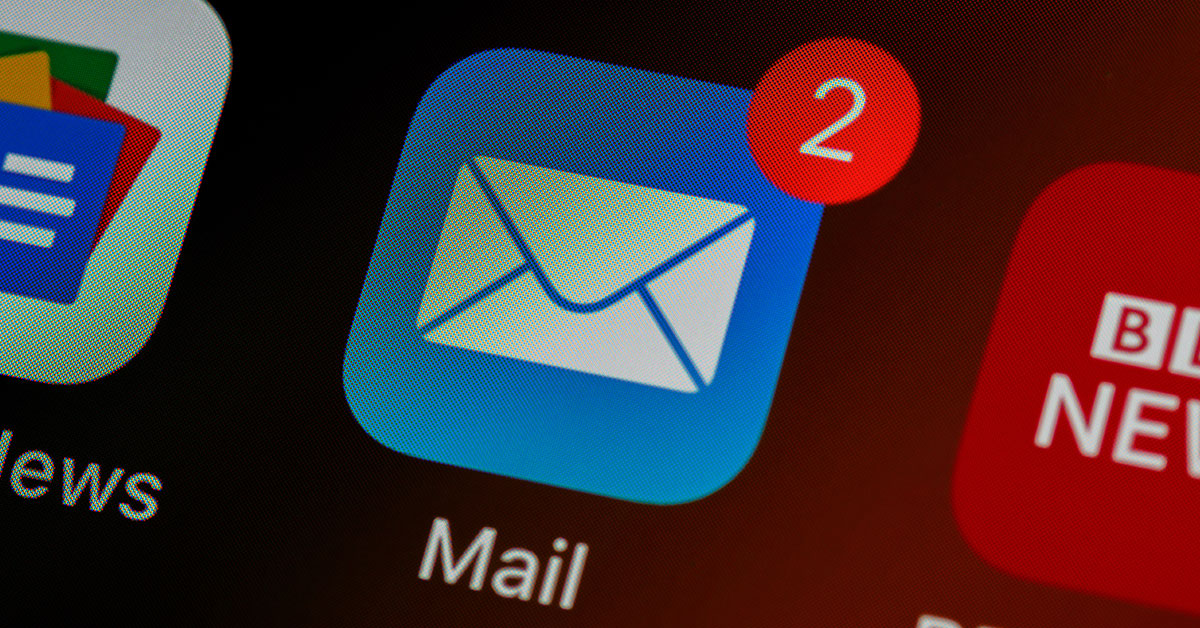Email campaigns are a powerful tool for businesses of all sizes, offering an exceptional return on investment. On average, businesses can expect to see $38 in return for every $1 spent on email marketing. These campaigns allow businesses to establish and maintain relationships with customers, promote new offerings, and drive sales – making it no surprise why they are so widely used.
An effective email campaign is one that is targeted, personalized, and timely. It should be designed to meet specific goals, whether it be increasing brand awareness, driving website traffic, or boosting sales. The key to a successful email campaign is understanding your target audience, crafting a message that speaks to them, and delivering it at the right time.
It’s important to keep in mind that email marketing is not a one-size-fits-all solution, and what works for one business may not work for another. However, by following a step-by-step guide and utilizing best practices, businesses can create effective email campaigns that drive results. In this blog post, we will be exploring the different steps involved in creating an effective email campaign and providing tips and strategies for success.
Table of Contents
1. Setting Campaign Goals

Before diving into the nitty-gritty of email design and content, it’s essential to first identify the objective of your campaign. What do you want to achieve with your email marketing efforts? Is it to increase brand awareness, drive website traffic, or boost sales? Once you’ve identified your main objective, you can set specific, measurable goals to track your progress and determine the success of your campaign.
For example, if your objective is to increase website traffic, your goal could be to achieve a 10% increase in website visits from email within the next month. Or, if your objective is to boost sales, your goal could be to achieve a 15% increase in sales from email within the next quarter.
In addition to setting goals, it’s also important to understand your target audience. Who are you trying to reach with your email campaigns? What are their interests, pain points, and needs? Understanding your target audience will help you create personalized and relevant content that resonates with them.
To understand your target audience, you can create buyer personas, conduct surveys or interviews, and analyze data from your email campaigns and website. Once you have a clear understanding of your target audience, you can tailor your email campaigns to meet their specific needs and interests, increasing the chances of engagement and conversion.
By setting clear goals and understanding your target audience, you can ensure that your email campaigns are focused, effective, and achieve the desired results.
2. Building and Segmenting Your Email List

One of the most critical aspects of email marketing is having a well-built email list. An engaged email list is a group of people who have voluntarily given you their contact information and have shown interest in your business. Having a large email list is important, but it’s not the only thing that matters, having an engaged email list is key.
To build an engaged email list, you can use various techniques such as:
- Offering a lead magnet (e.g. an ebook, webinar, or whitepaper) in exchange for an email address
- Adding sign-up forms to your website and social media platforms
- Running referral campaigns where current subscribers can refer friends and family
- Using website pop-ups and exit-intent overlays to capture email addresses
- Running contests and giveaways that require an email address to enter
Once you have built an engaged email list, it’s essential to segment it to target specific groups of subscribers. Segmentation is the process of grouping your email list based on specific criteria such as demographics, behavior, or interests. By segmenting your email list, you can create targeted, personalized campaigns that resonate with specific groups of people.
For example, you can segment your email list based on the type of products or services they have purchased from you, their location, or the stage of the customer journey they are in. By doing so, you can create targeted campaigns that speak to their specific needs and interests, increasing the chances of engagement and conversion.
By building an engaged email list and segmenting it to target specific groups of subscribers, you can ensure that your email campaigns are relevant and effective, resulting in better engagement and conversion rates.
3. Crafting the Perfect Email

Once you have set campaign goals, understand your target audience, and built an engaged email list, it’s time to craft the perfect email. Creating an effective email design, writing compelling subject lines and headlines, and creating personalized content that speaks to the recipient are all crucial elements of a successful email campaign.
When it comes to email design, it’s essential to keep it simple, clean, and visually appealing. Use a consistent layout, brand colors, and typography. Use images and infographics to break up the text, but make sure they are optimized for mobile devices. Keep the design responsive and ensure that the email looks good on all devices.
The subject line is the first thing the recipient will see, and it can make or break the success of your campaign. Keep it short, clear and to the point. Avoid using all caps, exclamation points, and spammy language. Use subject lines that create a sense of urgency or exclusivity.
The headline is the next important element of your email, it should be clear, concise and compelling. Make it easy for the recipient to understand what the email is about and what’s in it for them.
Personalization is key to creating content that speaks to the recipient. Use the recipient’s name, address their pain points and needs, and create a sense of urgency. Personalization can be as simple as using the recipient’s first name in the subject line or email body.
In addition, you can use dynamic content to create even more personalized emails. Dynamic content allows you to tailor the email content based on the recipient’s behavior, demographics, or purchase history.
By following these tips and creating effective email design, writing compelling subject lines and headlines, and creating personalized content that speaks to the recipient, you can increase the chances of engagement and conversion for your email campaigns.
4. Testing and Optimizing

Once you have crafted the perfect email, it’s important to test and optimize it to ensure it’s as effective as possible. A/B testing, also known as split testing, is the process of testing two variations of an email to see which one performs better. This is a crucial step in the email marketing process as it allows you to see what works and what doesn’t, and make informed decisions on how to improve your campaigns.
A/B testing can be used to test various elements of an email such as subject lines, headlines, call-to-action buttons, and email content. By testing these elements, you can see which version performs better and make changes accordingly.
In addition to A/B testing, there are other ways to optimize your email campaigns. For example, you can:
- Use a clear and compelling call-to-action
- Use a clear and compelling subject line
- Use a clear and compelling headline
- Use a clear and compelling body copy
- Use a clear and compelling footer
When it comes to analyzing the performance of your email campaigns, there are various tools available such as Google Analytics, Mailchimp, Constant Contact, and more. These tools provide detailed information on how your campaigns are performing, including open rates, click-through rates, and conversion rates.
By A/B testing, optimizing and analyzing your email campaigns, you can increase the chances of engagement and conversion.
By testing and optimizing your email campaigns, you can ensure that your emails are as effective as possible and make data-driven decisions to improve the performance of your campaigns.
5. Automation and Triggers

Email marketing automation is the process of using technology to streamline and automate repetitive tasks, such as sending emails, segmenting lists, and triggering specific actions based on subscriber behavior. Automation not only saves time but also helps improve the effectiveness of your email campaigns.
One of the most common ways to use automation in email marketing is through triggered campaigns. Triggered campaigns are emails that are sent automatically based on a specific action or event, such as when a subscriber joins your list, makes a purchase, abandons their shopping cart, or reaches a specific milestone in their customer journey.
For example, you can set up an automated welcome email series that is triggered when a new subscriber joins your list. This series can include a welcome email, an email with a special offer or lead magnet, and an email that educates the subscriber on your products or services.
Another example is an abandoned cart email that is triggered when a subscriber adds items to their cart but does not complete the purchase. This email can include a special offer or reminder to encourage the subscriber to complete the purchase.
Triggered campaigns are an effective way to create personalized and relevant emails that are delivered at the right time, increasing the chances of engagement and conversion.
In addition to triggered campaigns, you can also use automation to segment your list, send drip campaigns, and create automated campaigns that are triggered by subscriber behavior.
By using automation and triggers in your email campaigns, you can save time, improve results, and create more personalized and relevant emails that are delivered at the right time.
6. Final Tips and Considerations

Email marketing is a powerful tool, but it’s important to keep in mind that there are legal and ethical considerations that must be taken into account. The CAN-SPAM Act, for example, sets out specific rules for sending commercial emails, including requirements for an unsubscribe mechanism and the inclusion of a physical postal address.
To stay compliant with CAN-SPAM and other laws, it’s essential to:
- Get explicit consent from subscribers before sending them emails
- Include an unsubscribe link in every email
- Honor unsubscribe requests promptly
- Include a physical postal address in every email
- Avoid using false or misleading header information
- Avoid using deceptive subject lines
In addition to legal considerations, there are also best practices for sending emails that should be followed to ensure the success of your campaigns. Some of these best practices include:
- Segmenting your email list and sending targeted, personalized emails
- Sending emails at the right frequency and at the right time
- Testing and optimizing your emails
- Using a clear and compelling subject line, headline and call-to-action
- Avoiding using spam trigger words
- Avoiding sending too many emails
By following best practices and staying compliant with legal and ethical considerations, you can ensure that your email campaigns are effective and well-received by your subscribers.
In conclusion, email marketing is a powerful tool for businesses of all sizes, and it’s essential to create effective email campaigns to drive results. Through setting clear goals, understanding your target audience, building an engaged email list, crafting the perfect email, testing and optimizing, using automation and triggers, and following legal and ethical considerations, businesses can create effective email campaigns that drive results.
In this guide, we have covered the different steps involved in creating an effective email campaign and provided tips and strategies for success. We have discussed the importance of setting campaign goals, building and segmenting your email list, crafting the perfect email, testing and optimizing, using automation and triggers, and following legal and ethical considerations.
As a reminder, creating effective email campaigns takes time and effort, but the results are well worth it. By following the strategies outlined in this guide, businesses can improve their email marketing efforts and drive better results.
As a call to action, we encourage readers to take the time to implement the strategies discussed in this guide and start seeing the benefits of effective email campaigns for their business. Remember, testing, analyzing and making data-driven decisions is the key to success in email marketing. Happy Emailing!







